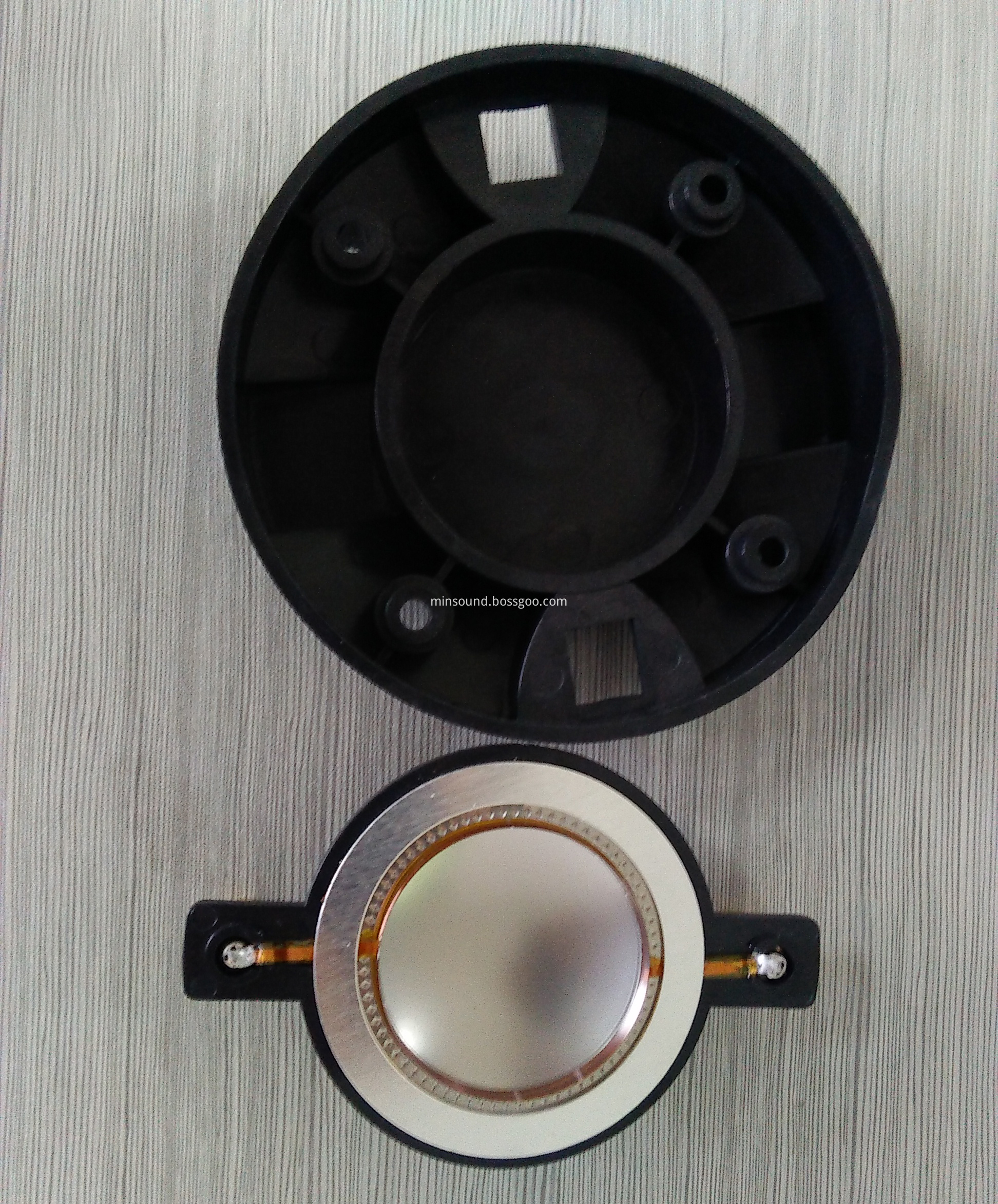Cardiovascular disease is a serious disease that threatens the health of human life, and the age of onset is younger. As people's health awareness increases, the demand for self-health continues to grow. The high precision but inconvenient electrocardiograph in hospitals cannot meet the daily monitoring needs of the heart. Therefore, wearable heart rate measuring devices based on Photo-Plethysmography (PPG) technology are widely used in the field of heart rate monitoring. Although there are many portable heart rate monitors on the market, most of them cannot be applied during daily activities. They can only be monitored for a short period of time and cannot effectively resist motion interference. A measuring device that is clipped to the earlobe or head-mounted is also detrimental to the user experience.
Based on the above considerations, this paper designs a low-power wearable heart rate monitor that can be worn on the wrist with STM32L152CB as the control core. The device is small in size, easy to carry, strong in anti-interference ability and high in measurement accuracy. Long-term, real-time measurement of heart rate in the case of daily activities of the user contributes to the prevention and timely detection of cardiovascular diseases.
1, system design 1.1, hardware designThe hardware circuit mainly includes six unit modules: power system module, PPG signal detection and sensing unit module, signal amplification and filtering circuit, acceleration sensor, low power Bluetooth 4.0 communication module and microcontroller. The whole hardware can be embedded on the wrist through the elastic wristband, and communicate with the upper computer (such as a smart phone) to transmit the measured data to the upper computer for processing and display. The system structure is shown in Figure 1.

Figure 1 Heart rate meter system structure
Due to the strict size and weight requirements of wearable devices, the designed wearable heart rate monitor uses a rechargeable lithium ion button battery model LIR2450 as the power source. The function of the infrared light source generation and control circuit is to provide the infrared light source with stable wavelength and controllable light intensity required by the PPG technology, and adopt the infrared light source module SFH4050, and the PWM wave generated by the microcontroller controls its opening or closing. The PPG signal I/V conversion circuit converts the weak current PPG signal induced by the photoelectric sensor BPW34S into a large voltage signal. In order to solve the problem that the DC component amplification in the PPG signal causes the operational amplifier to be saturated, the output of the unit circuit is adopted. A measure of low-pass digital filtering that is fed back to the input to cancel the DC component. Since the amplitude of the PPG signal amplified by the I/V conversion circuit is not enough to be collected into the STM32L152CB with effective accuracy, the PPG signal needs to be amplified twice. In order to eliminate the influence of the DC component on the AC component amplification, a differential amplifying circuit structure is adopted and the PPG signal is low-frequency filtered at the same time.
1.2, software designThe software architecture of the wearable heart rate monitor system is shown in Figure 2. After initializing the working mode of the peripherals such as ADC, DAC, SPI, I2C, and triaxial acceleration, adjust the pulse width of the 100kHz PWM wave output by the timer, so that the current of the light source circuit is stable to 20mA, and set a timing period of 10ms automatically. Reload the timer and interrupt it, then put the microcontroller (MCU) into a low-power sleep mode. The timer will wake up the MCU every 10ms, and then the MCU executes the interrupt program of the 10ms timer shown in Figure 2 to complete the low-pass filtering of the PPG signal I/V conversion circuit output. In order to synchronize the signal between the PPG signal voltage amplifying circuit and the I/V conversion circuit, the 2ms timer interrupt is used to wake up the MCU and execute the 2ms timer interrupt program shown in Figure 2 to complete the heart rate calculation and output to the host computer via Bluetooth 4.0. Then the MCU enters the low-power sleep mode again, waiting for the 10ms timer to wake up.

Figure 2 system software architecture diagram
Minsound offers a great range of Driver Units,providing accurate reproduction.high intelligibility and dependable performance in commercial sound,signaling and public address loudspeaker systems.
All models are suited for Minsound reflex horns,equipped with the industry standard 1-3/8"-male tread pattern.
This series driver units are compression driver unit tweeter,which is solid and durable ,long lifetime, high acoustic quality and wide coverage. Suitable for public security, tourism, teaching, transportation, environment use.
Tweeter For Horn Speakers,Titanium Diaphragm tweeter,tweeter compression driver,Horn Tweeter speakers,Horn Tweeters
Taixing Minsheng Electronic Co.,Ltd. , https://www.ms-speakers.com